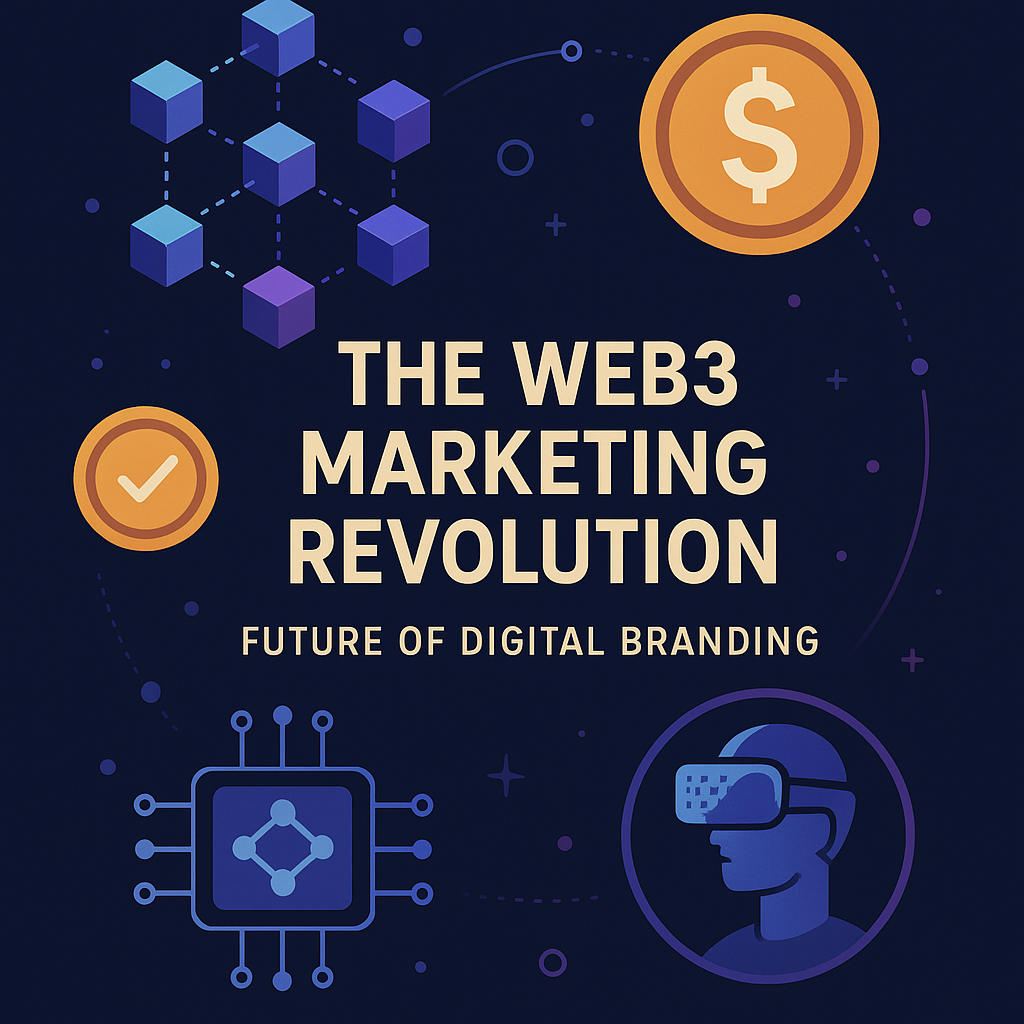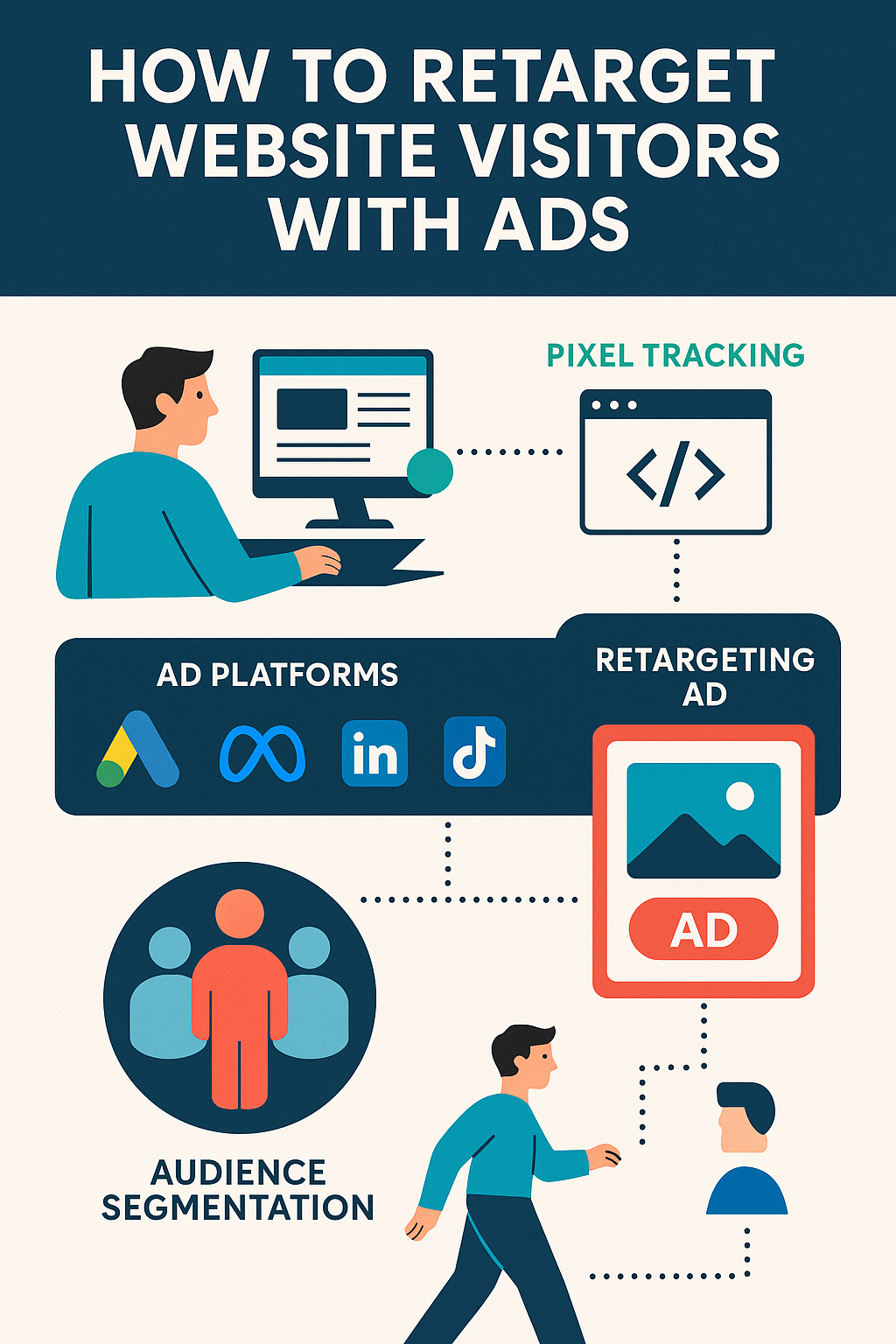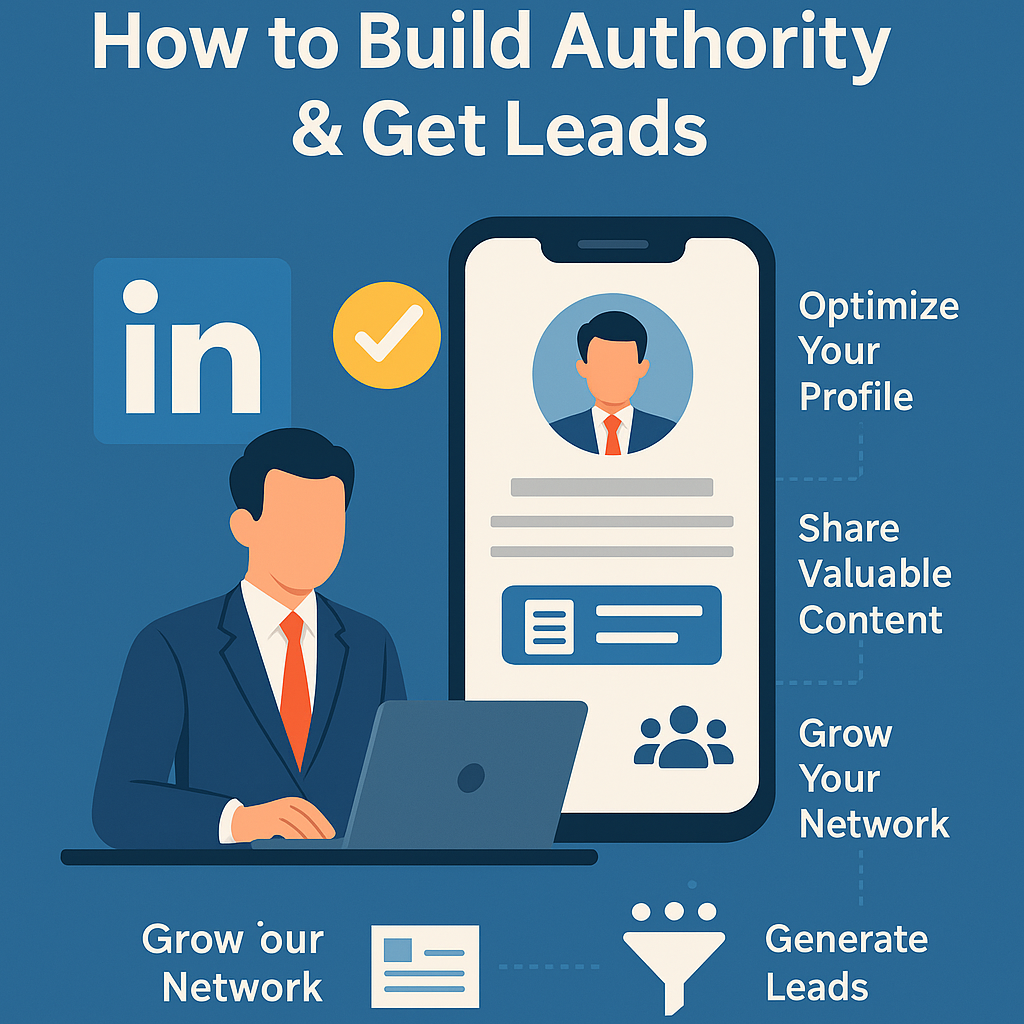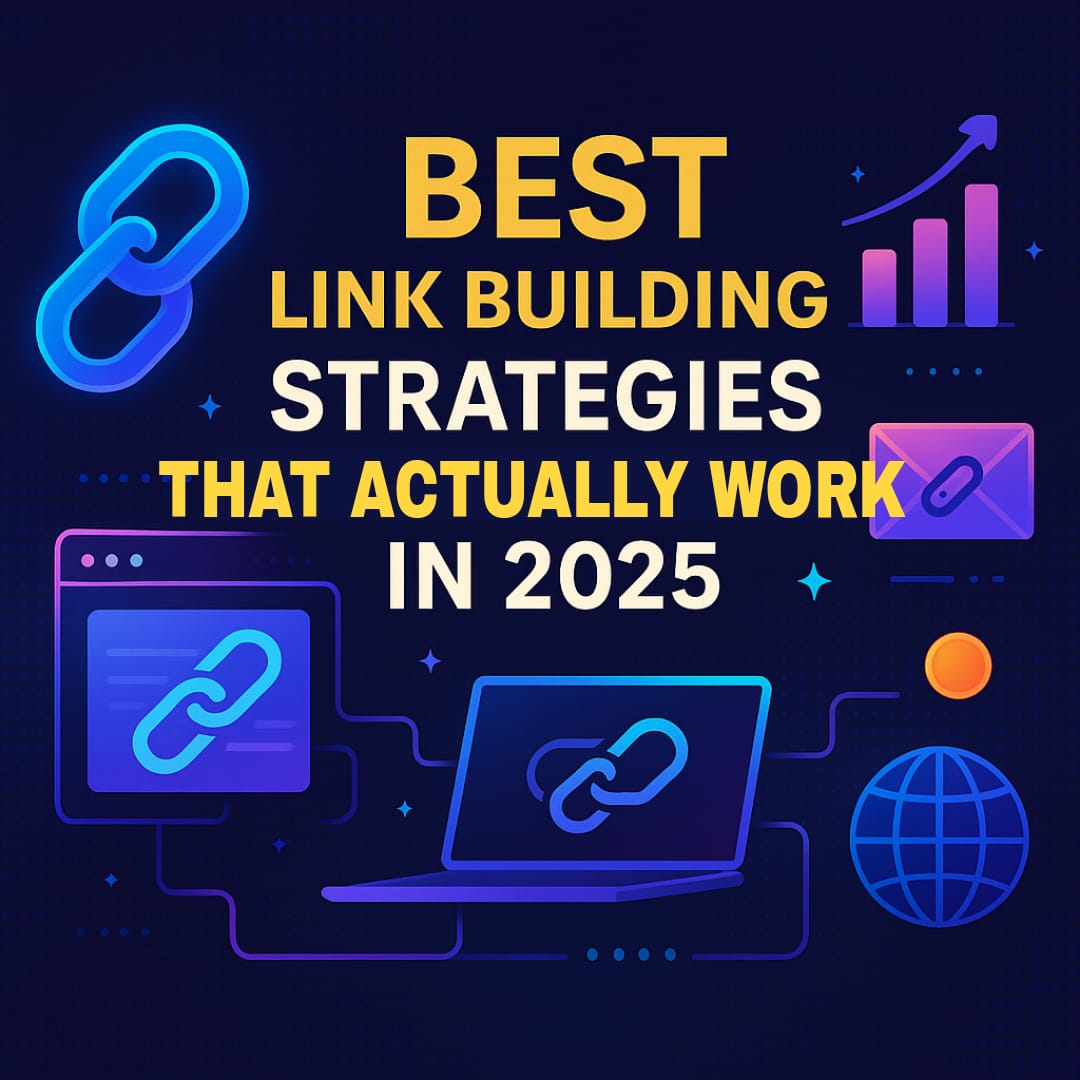Web3 & Marketing: What Businesses Need to Know
Table of Contents
Introduction: Welcome to the Web3 Marketing Revolution
The change in how the information is presented is astonishing. The evolution from the static pages of the Web1 era to the social and mobile-focused requirements of Web2 is indicative of how the web continues to be an evolving experience, the next step is Web3.
Web3 is a new, decentralized web built on blockchain, cryptocurrency, NFTs (non-fungible token) and DAOs (Decentralized Autonomous Organizations). Web2 was defined by the major platforms, such as Google and Meta that control the data. Web3 will turn the tables by putting power and ownership back into users’ hands.
From a marketers perspective, a web 3.0 is much more than just an upgrade in technology, it’s a seismic shift in paradigm. The customer experience will be reshaped, how brands build trust, reward loyalty and create hyper personalized experiences will be redefined. Businesses that are early adopters will have a strong early representative.
1. What Exactly Is Web3? A Quick Refresher
Prior to discussing strategy, it’s important to clarify what Web3 means.
Web1 (1990s–early 2000s): The “read-only” web static web pages with no interaction.
Web2 (2000s–2020s): The “read-write” web social media, user-generated content, big data, and centralized web applications/platforms.
Web3 (Now): The “read-write-own” web based on blockchain technology, smart contracts, and decentralization.
In Web3, you have digital wallets instead of your password, tokens instead of likes, and communities instead of followers.
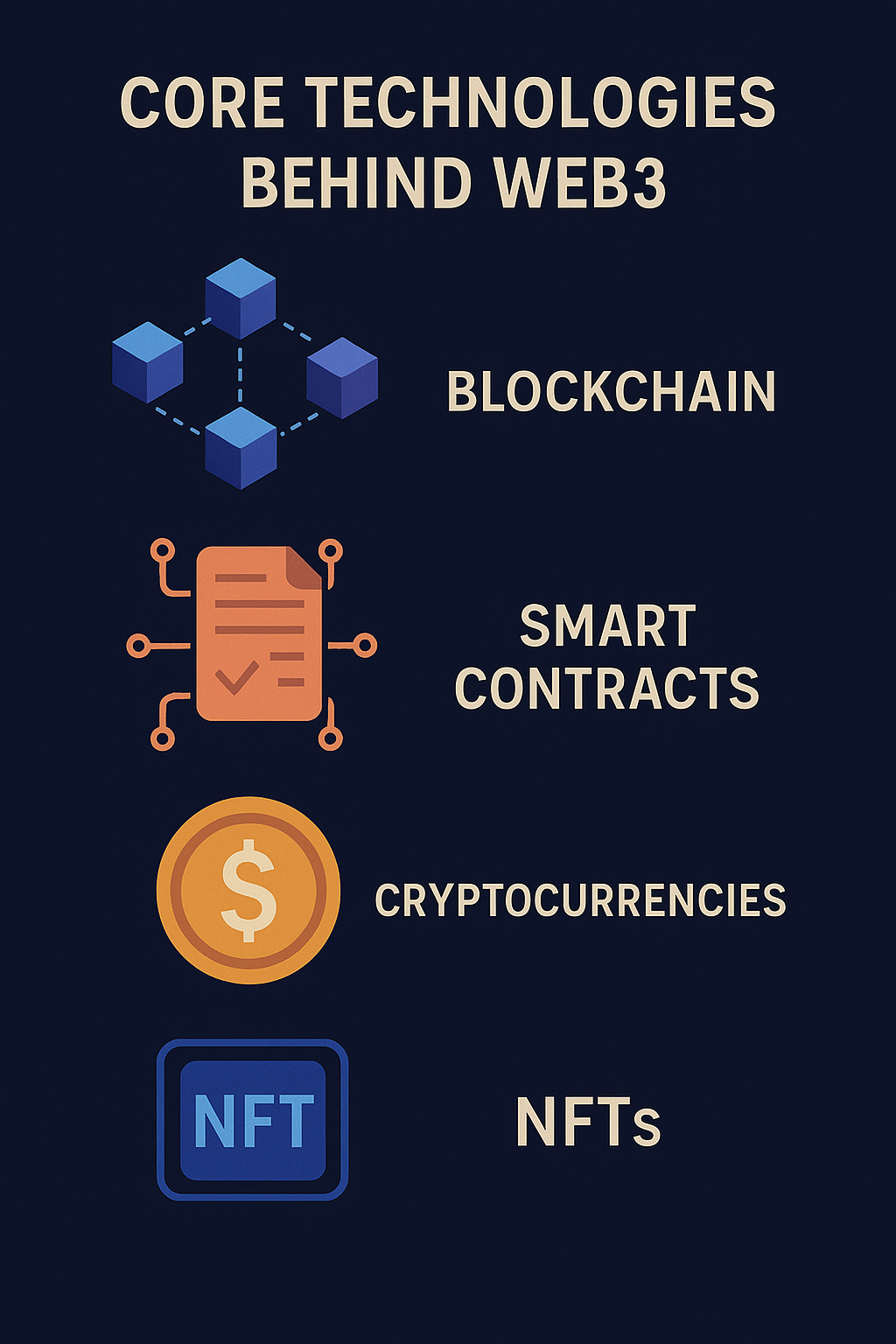
Core Technologies Behind Web3:
- Blockchain. Transparent and immutable digital ledgers.
- Smart contracts. Self-executing digital contracts.
- Cryptocurrencies. Digital money enabling direct value transfer.
- NFTs. Unique digital assets that signify ownership of an asset.
- DAOs. Decentralized organizations governed and operated by token holders.
To put simply: Web3 replaces “trust the platform” with “trust the code.”
2. Why Web3 Matters for Marketers
Web3 revolutionizes the complete marketing landscape by eliminating the middlemen and replacing it with direct relationships between brands and customers. Here’s why it’s important for organizations.
A. Data Ownership Is Changing
As per WebFX, One of Web Three’s main goals is to give users more control over who they share their data with and how companies can use their data.
In Web2, brands rely on third-party cookies and advertising platforms for their targeting abilities. But as data privacy laws (like GDPR) and browser-based changes are being rolled out, this form of targeting is coming to an end.
In Web3, users own their data, stored in individual digital wallets. Marketers will be required to obtain consent to access user data typically through a utility, token, reward, or experiences of value in exchange.
This creates consensual marketing versus invasive marketing.
B. Trust and Transparency Take Center Stage
Blockchain enables each transaction and interaction to have traceable and verifiable information. This transparency enables consumers to verify brand assertions about their authenticity in real-time whether it’s relating to supply chain authenticity, donation routing, sustainability, etc.
Brands adopting this level of transparency will earn massive credibility.
C. The Community is the New Audience
The culture of web3 revolves around ecosystems owned by the community. Discord servers, decentralized autonomous organizations (DAOs), and holders of non-fungible tokens (NFTs) are at the center of engaging brands.
Rather than chase followers, savvy brands build tribes. These tribes do more than consume—they join in, co-create, and profit from a brand’s success.
D. Loyalty Programs Go Tokenized
Forget reward programs with passively boring points systems. Instead, you reward loyalty to the brand with on-chain assets such as NFTs or utility tokens. Utility tokens, like NFTs, have resale and real-world value. You will create lifelong customers who feel they have a stake and investment in your brand’s success.
An example of this is Starbucks who have embraced this with Starbucks Odyssey, a web3-based, rewards platform that combines NFTs with loyalty incentives.
3. Key Web3 Marketing Strategies for 2025
Let’s be strategic. Here are actionable ways brands can use Web3 to benefit.
1. NFT Marketing Campaigns:
NFTs (non-fungible tokens) represent much more than digital art—NFTs are digital access keys, status symbols, and membership passes.
Brands will be able to utilize NFTs to:
- Provide access to exclusive experiences or events.
- Create digital collectibles for fans to buy, trade, or display.
- Provide loyal customers access to limited-edition experiences.
Example: Nike’s “.SWOOSH” Web3 platform gives users the ability to co-create and sell virtual sneakers for money, while building their creativity and community.
2. Metaverse Brand Activations:
The metaverse multi-user digital environments where users interact through avatars is the next generation of brand narrative.
Marketers can:
- Create virtual product launches.
- Create immersive shoppable events.
- Engage digital creators with branded spaces.
Example: Gucci built a virtual “Gucci Garden” in Roblox, where users could buy virtual handbags for more money than the real-life ones.
3. DAO-Based Brand Governance
Think about a group of superfans that vote for what your next product is going to be. This is the power that DAOs give you.
Brands can create DAOs that allow them to:
- Provide loyalty fans with governance rights
- Crowdsourcing innovation ideas
- Create a customer into a brand ambassador—literally and financially
This is moving marketing from talking to, to creating with the audience.
4. Token Gated experiences
Web3 introduces token gating exclusive access to someone of a certain type of token or NFT.
For example:
- Only NFT holders get access to attend certain events or premium content.
- Certain product drops or discounts are unlocked through if their wallet checks out as well.
This is exclusive but now without FOMO, but rather verified membership of participation.
5. Decentralized Social Media (DeSo)
Platforms like Lens Protocol or Farcaster are the start of the next generation of social networks. In this world, the creator owns their audience and content, not a large corporation.
Brands can market on DeSo to create real authentic relationships with early adopters with transparency and no algorithm manipulation.
4. Challenges and Risks of Web3 Marketing
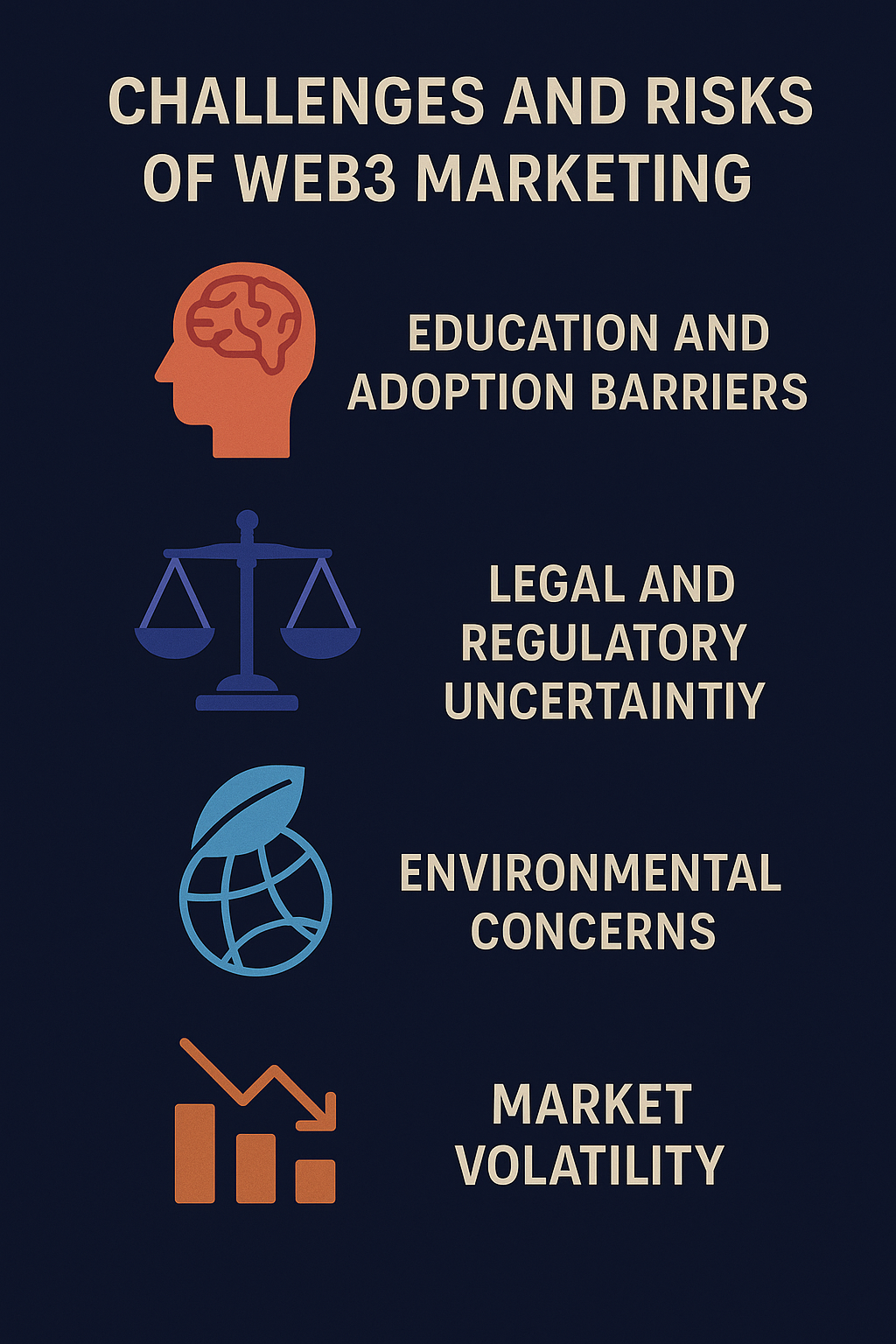
Despite the excitement mentioned previously, there are challenges to comprehend, as Web3 marketing requires an understanding of the possible hurdles businesses face.
A. The education/adoption barrier
Most consumers do not have any idea of what Web3 is, how wallets work, what tokens are or what NFT’s are. That gap of knowledge can jeopardize campaigns because consumers would need it to be explained otherwise it will not work.
Brands must make onboarding easy, teach and do not preach.
B. Legal and regulatory uncertainty
Governments are still figuring out how to regulate digital assets, tokens and crypto-based rewards. Any mishap can put the brand at risk for compliance violations or financial penalties.
Brands will need legal consultation before launching any project related to tokens.
C. Environmental concerns
Early blockchain networks (like Ethereum), consumed a lot of energy. New technologies, such as Proof of Stake, have helped to reduce that by quite a bit; but the brands still need to explain to consumers how they are handling sustainability.
D. Market volatility
A lot of Web3 “assets” are “tokens” that can fluctuate in real-time on the market. If a brand uses them as rewards in their loyalty strategy, their brand reputation could falter if consumer view on the value of their tokens change or was changed by speculators.
Brands will need to be able to provide value through utility, not speculation.
5. Real-World Examples of Web3 Marketing in Action
Here are a few examples to make this deduction real.
Nike: Acquired Web3 studio RTFKT and launched NFT sneakers associated with physical products.
Coca-Cola: Issued NFT collectibles to raise money for charity and advance brand goodwill and innovation.
Adidas: Launched NFT drops in partnership with Bored Ape Yacht Club making millions and gaining credibility in the digital streetwear space.
Time Magazine: Became a leader by publishing NFT covers of their magazines and introducing their own DAO-based community.
These early adopters highlight that Web3 is not just a trend, but rather an adjacent evolution of digital marketing.
6. The Future of Web3 Marketing
In the future, Web3 marketing will integrate with AI, AR/VR, and spatial computing to foster hyper-personalized, immersive brand ecosystems.
Here’s a look at what’s on the horizon:
- AI-powered NFT creation and personalized collectibles.
- Wallet-based advertising, or ads derived from on-chain data versus from cookies.
- More seamless cross-metaverse experiences driven by smart contracts.
- More brands with DAOs to decentralize ownership.
All-in-all, Web3 will create a marketing ecosystem that is more transparent, participatory, and value-driven. Brands that become a part of this experience will succeed.
Conclusion: Adapt or Get Left Behind
Web3 isn’t the “future” of marketing – it exists today. Early adopters are already creating amazing brand communities, tokenized loyalty programs, and immersive digital experiences.
Businesses that recognize the shift today – and get their feet wet now – will emerge as leaders as the world wakes up to the mainstream version.
Marketing is rewriting the rules. Ownership is the new engagement. Transparency is the new trust. And blockchain is the new loyalty card.
For more such articles click here.
FAQs
What is Web3 marketing?
Web3 marketing incorporates blockchain technology, non-fungible tokens (NFTs), and decentralized platforms. It aims to create transparent and community driven marketing practices.
Is Web3 marketing limited to brands in tech?
No, any brand from fashion to food can use Web3 marketing to engage customers using digital ownership, loyalty tokens, and community governance.
Do brands need to know coding in order to begin Web3 marketing?
Not necessarily. There are many tools and platforms that can simplify launching Web3 marketing campaigns without technical knowledge.
Is Web3 similar to traditional digital marketing?
Web3 marketing focuses on decentralization, transparency, and shared ownership, while traditional marketing focuses on centralized data and advertising platforms.
What is the most simple way to get started with Web3 marketing?
You could start with an NFT-based reward, or in a token-gated community, to experiment with customer engagement and build your knowledge before scaling up.
Are NFTs necessary for running marketing campaigns in Web3?
Not really. NFTs can leverage engagement as well as loyalty but are only one part of the Web3 ecosystem. Brands can also utilize DAOs, token rewards and the transparency of blockchain without launching an NFT.
How can small businesses leverage Web3 marketing?
Small businesses can use Web3 to deepen customer relationships by leveraging community-based loyalty programs, tokenized memberships, and transparency backed storytelling all without multi-million dollar budgets.
What industries will Web3 marketing have the biggest impact on?
Web3 marketing will have revolutionary impacts on fashion, gaming, real estate, fintech, and entertainment—basically any industry where ownership, community, or transparency are at stake.
Is marketing in Web3 expensive?
Not necessarily. Many Web3 marketing campaigns start small, with NFT drops or tokenized memberships. It’s about creativity, NOT capital. Start small, engage, and scale.
What is the biggest mistake brands are making in Web3 marketing?
Thinking of it as short-term. Brands that simply “use” Web3 without treating the community aspects and ownership (the true ethos of Web3) as legitimately as possible, fail. Brands must build with their audience rather than marketing to them.
